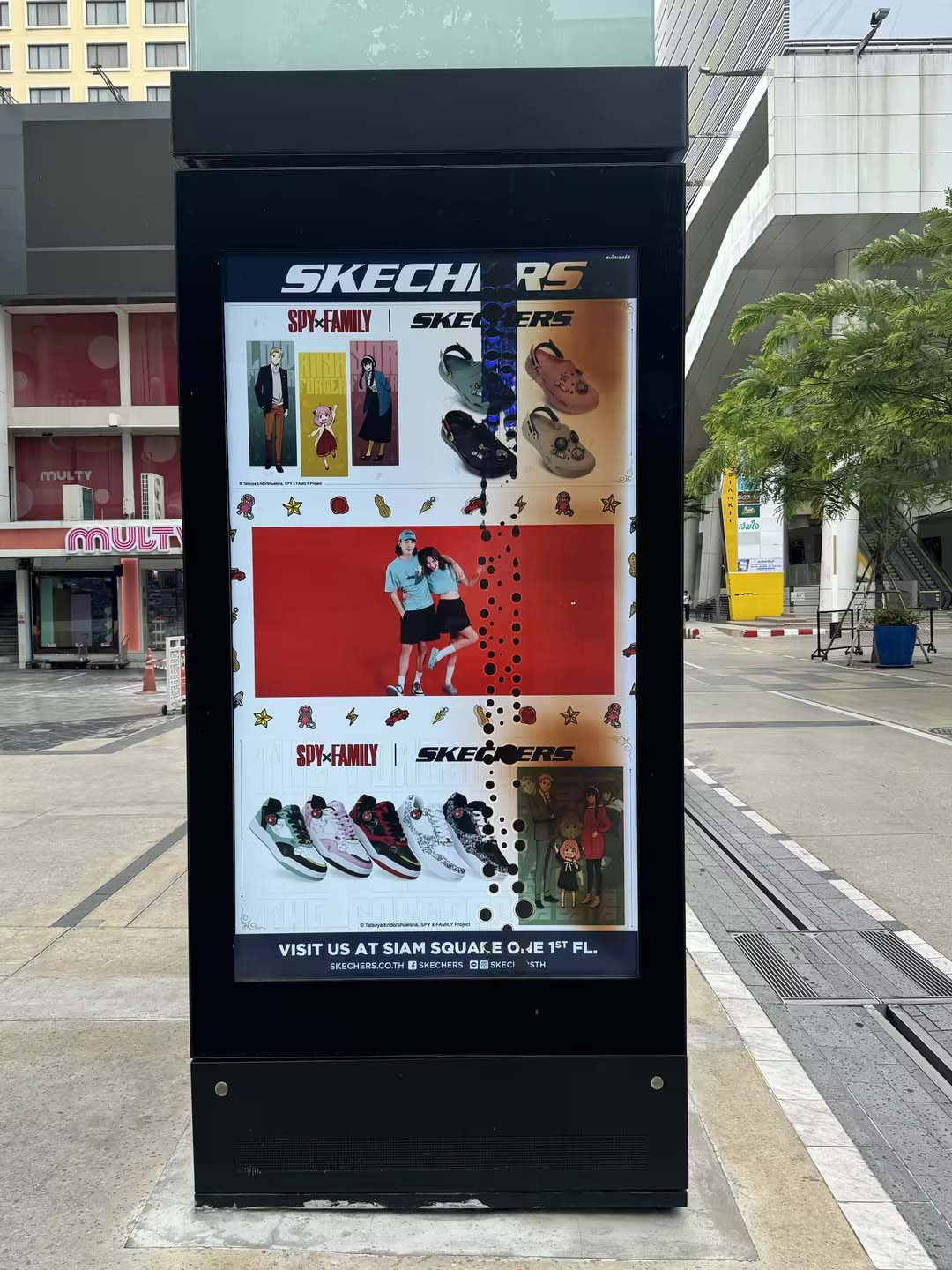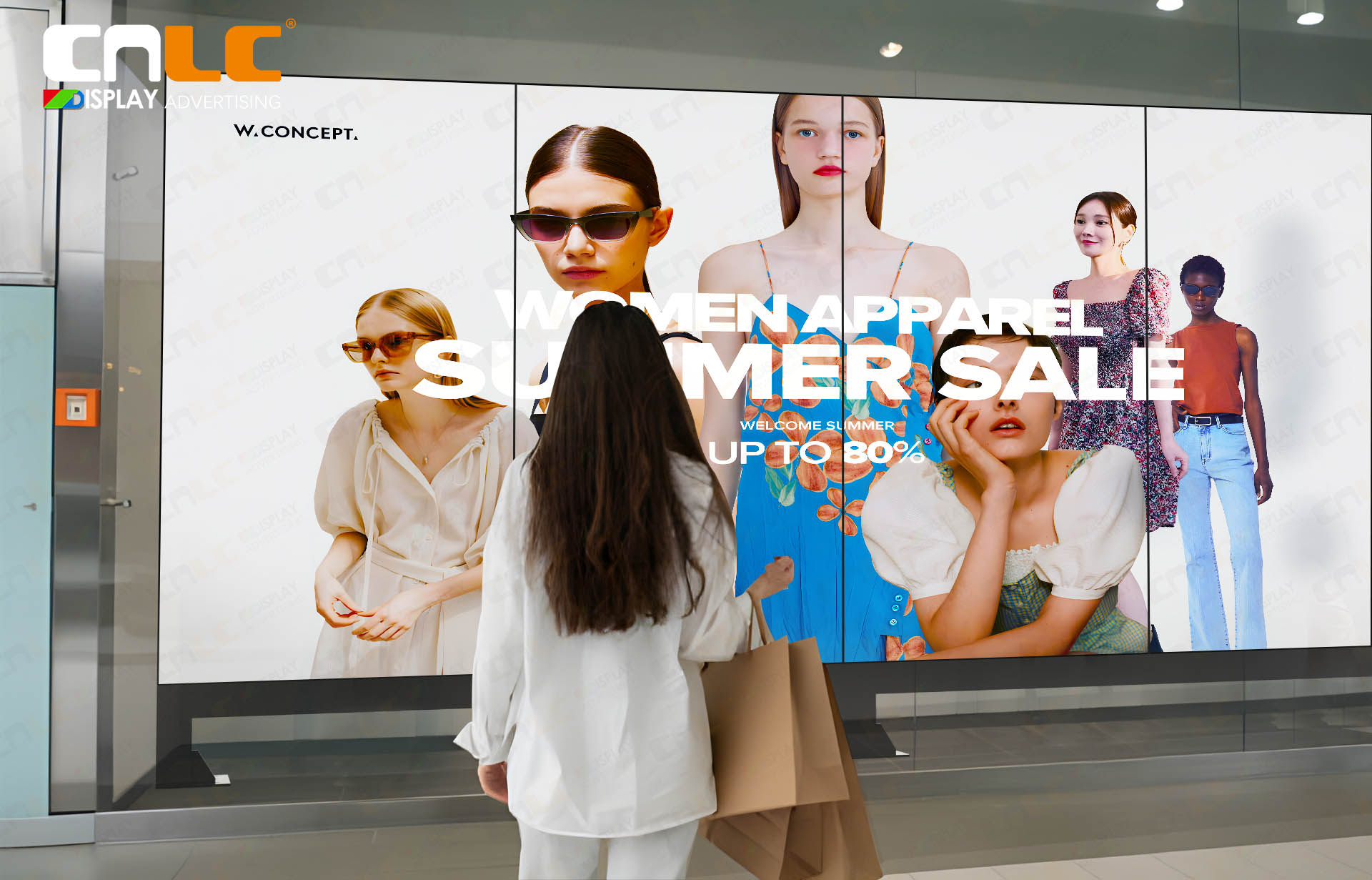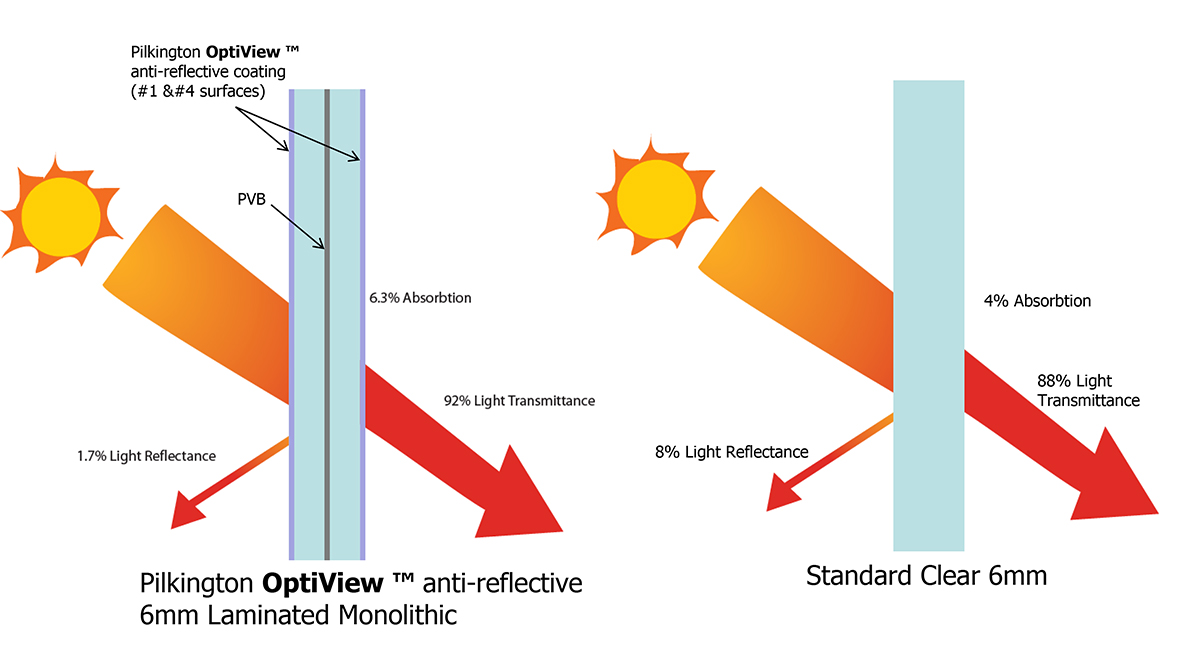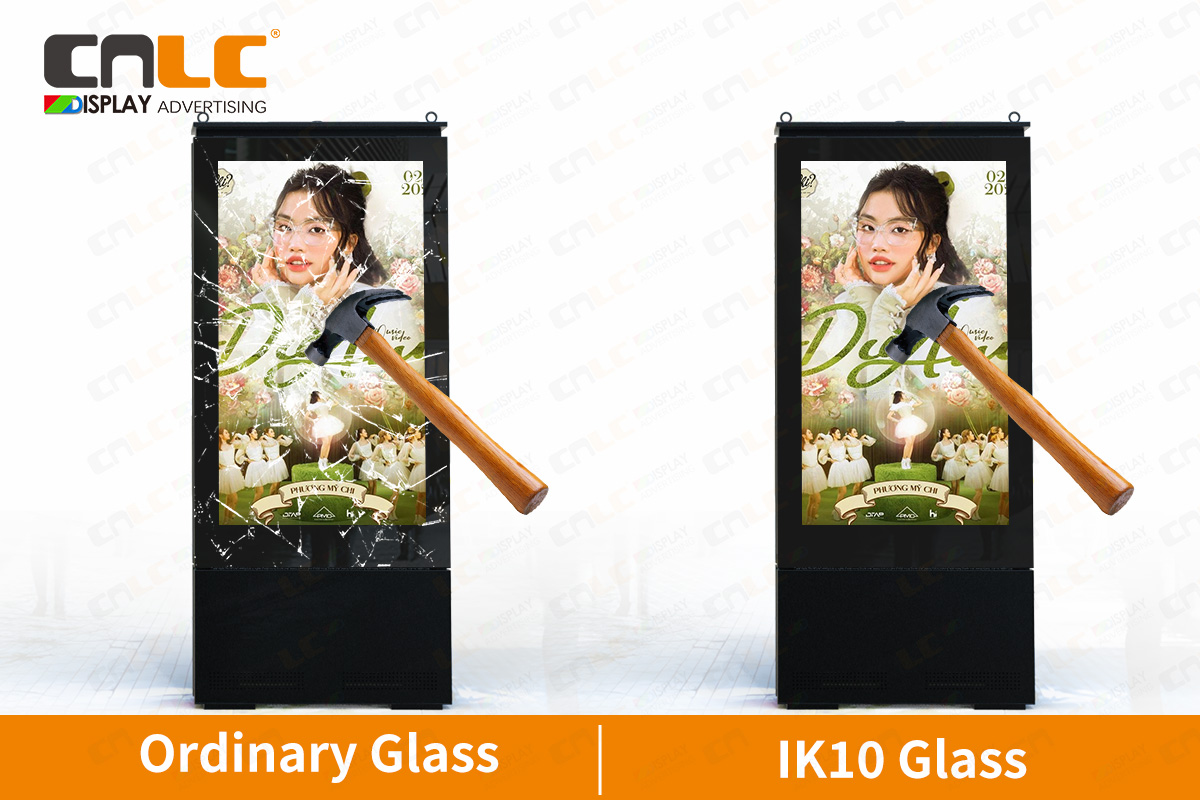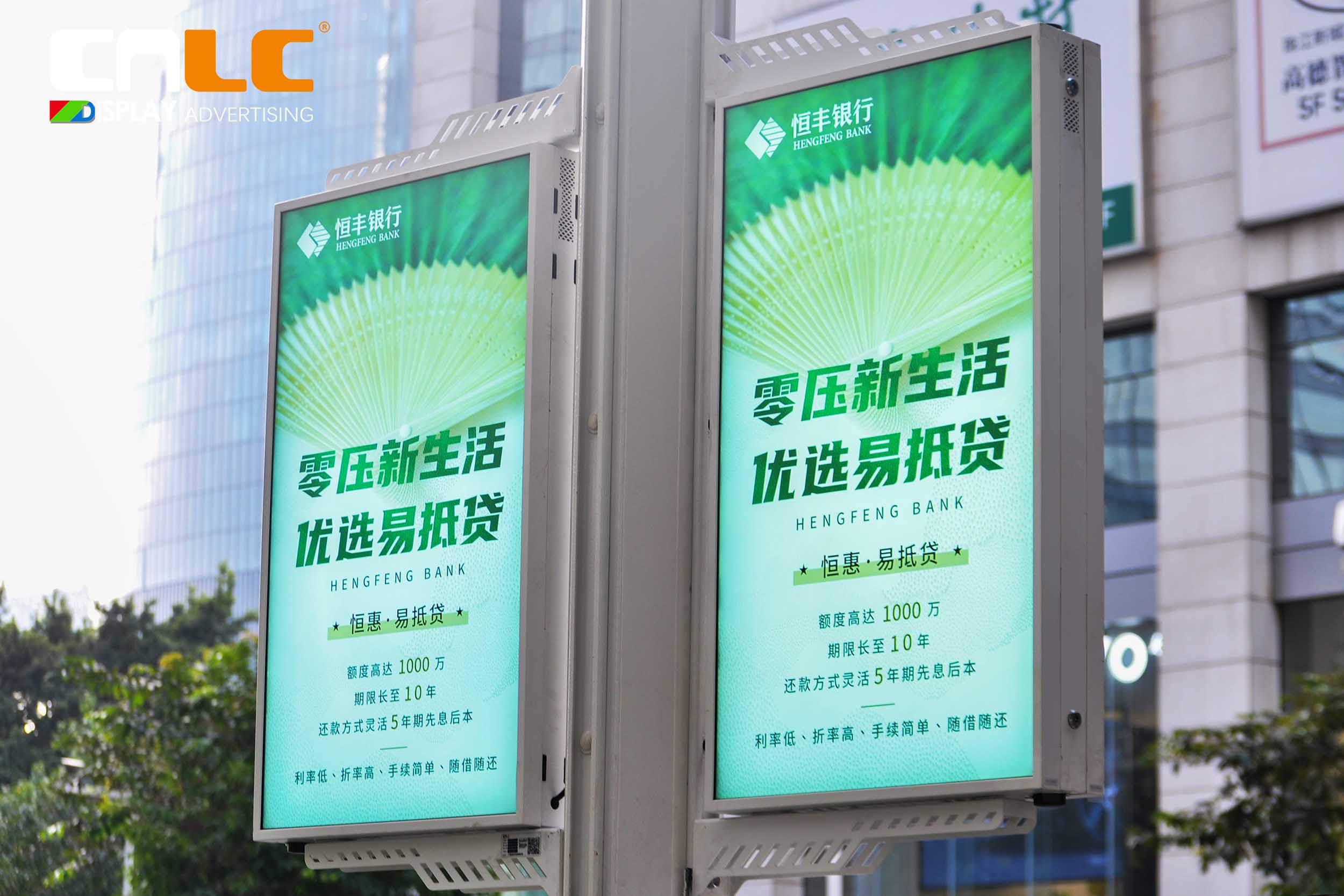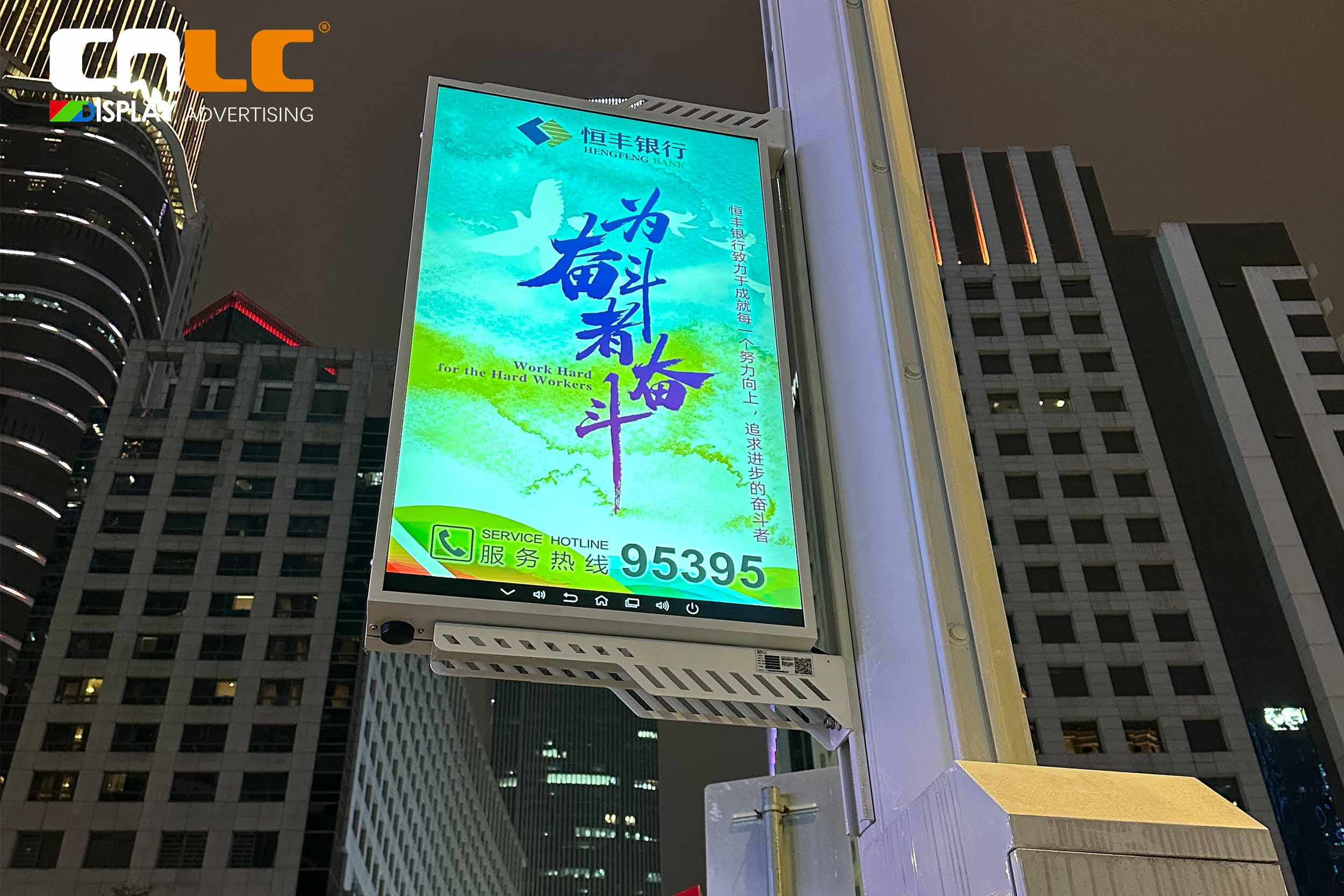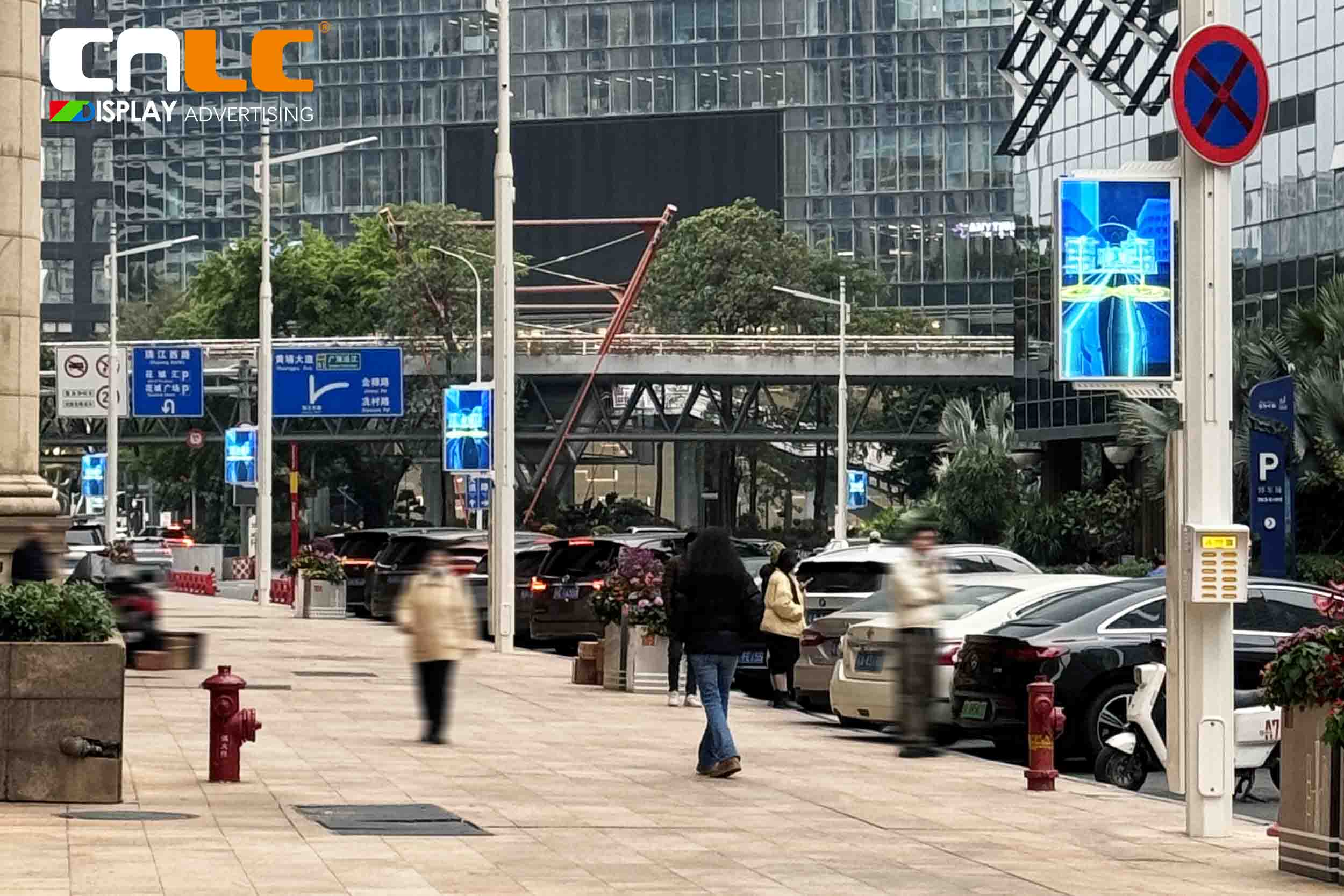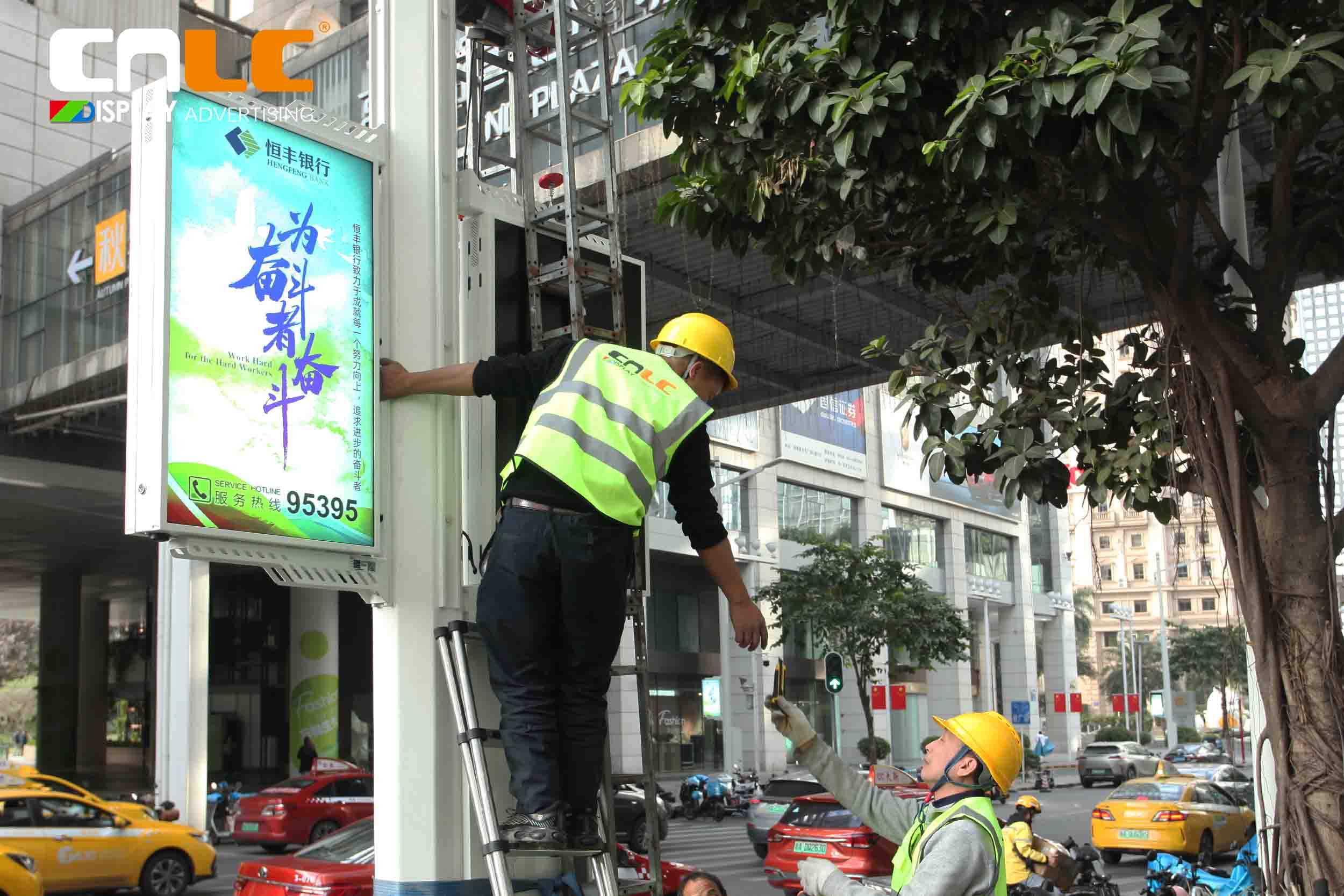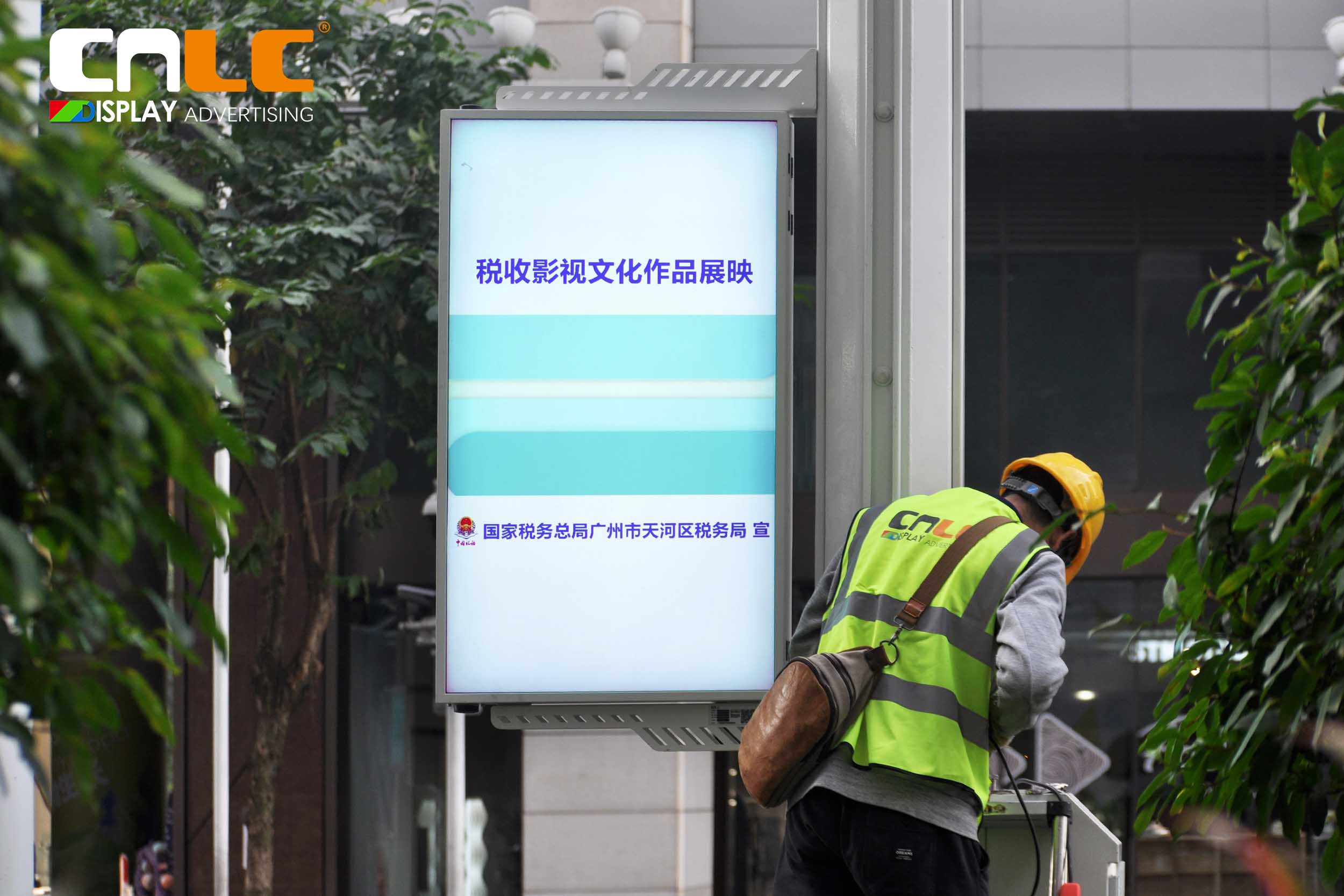How Digital Signage Advertising Displays Can Become a Marketing Powerhouse for the Paris 2024 Olympics
The 2024 Paris Olympics is not just a feast for global sports enthusiasts but also an excellent opportunity for brands and companies to showcase their image and innovative technologies. In this globally watched event, digital signage advertising displays, with their efficiency, interactivity, and flexibility, have become a favorite in brand marketing. This article explores how to leverage digital signage advertising displays to enhance brand influence and market share by capitalizing on the buzz around the Paris Olympics.

Real-time Updates and Interactive Experiences
During the Olympics, audiences have a strong demand for real-time updates on event results, medal counts, and match schedules. Digital signage advertising displays can provide the latest Olympic information through real-time data updates. Additionally, interactive features such as touch screen interactions and QR code scanning can increase audience engagement and collect valuable data through user feedback and interactions, supporting subsequent marketing activities.
Athlete Stories and Brand Promotion
The Olympics is not only a stage for competition but also a platform for athletes to showcase their personal stories and spirit. By displaying inspiring stories and exciting moments of athletes through digital signage advertising displays, brands can enhance emotional connections. For example, showcasing Simone Biles' comeback and Armand Duplantis' record-breaking moments can evoke audience resonance and brand recognition.
Efficient Ad Placement
Digital signage advertising displays can deliver targeted ads based on the audience's real-time location and behavior. During the Paris Olympics, high-traffic areas such as airports, train stations, subway stations, and around the competition venues are ideal spots for ad placement. By setting up digital signage in these locations, brands can maximize exposure and attract more potential customers.
Social Media Integration
Integrating social media content into digital signage advertising displays can significantly enhance the freshness and interactivity of the content. Audiences can follow real-time social media updates on the displays, keeping up with the latest event discussions, athlete updates, and fan interactions. This not only diversifies the content but also expands the brand's reach through social media platforms.

Sustainability Messaging
The 2024 Paris Olympics emphasizes environmental sustainability, presenting a great opportunity for brands to communicate their green initiatives. Using digital signage advertising displays to showcase the brand's environmental efforts and sustainability achievements can enhance social responsibility and public image. For example, promoting the use of eco-friendly materials in digital signage or highlighting the brand's efforts in reducing carbon footprints are excellent ways to convey this message.
Conclusion
The 2024 Paris Olympics provides a perfect platform for digital signage advertising displays. Through real-time updates, interactive experiences, targeted placements, and social media integration, brands can leverage this global event to significantly enhance brand awareness and market influence. In future market competition, digital signage advertising displays will continue to play a unique role, becoming an important tool in brand marketing.

